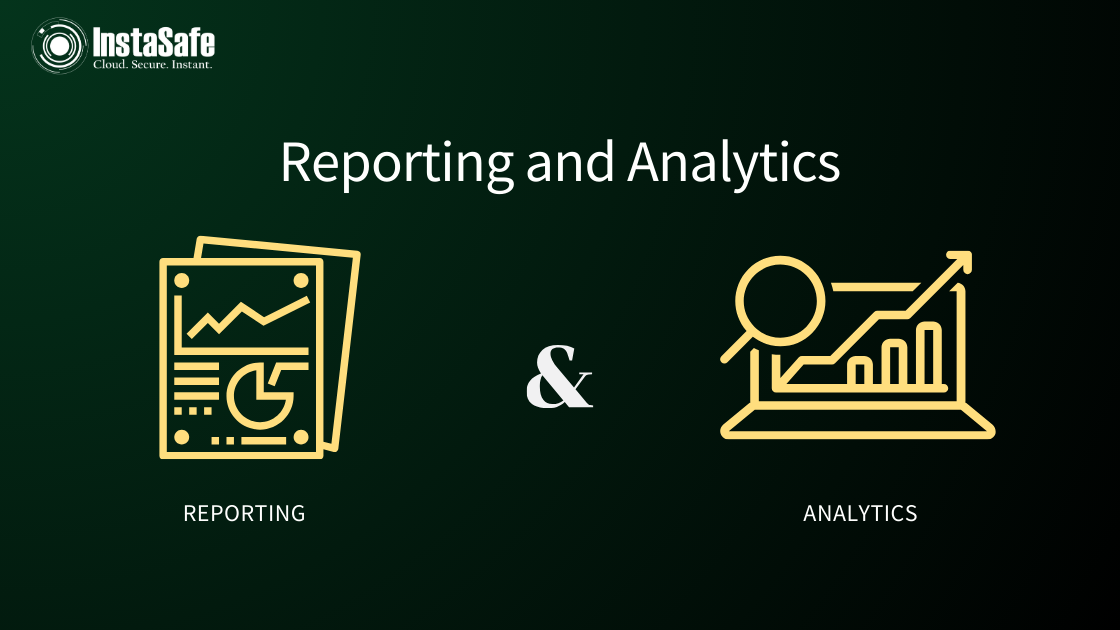Reporting and Analytics

Reporting and Analytics within an IDAM solution go beyond the traditional role of providing static data; they serve as dynamic engines that illuminate the intricate web of user identities, access behaviors, and security events. By leveraging advanced reporting tools and analytics capabilities, organizations can not only manage identities effectively but also derive actionable intelligence to fortify their security posture.
Key Components of Reporting and Analytics in IDAM:
1. Identity Analytics:
- Utilizing advanced analytics to detect and respond to identity-related risks.
- Gaining insights into user behaviors, anomalies, and potential security threats.
2. Access Reviews and Certifications:
- Conducting regular reviews of user access entitlements.
- Certifying that user access aligns with business needs and compliance requirements.
- InstaSafe provides OCSP server to verify certificate status either it is valid or revoked from CCA.
3. Compliance Reporting:
- Generating comprehensive reports to demonstrate compliance with industry regulations and internal policies.
- Facilitating audit trails and documentation for regulatory assessments.
4. User Activity Monitoring:
- Tracking and analyzing user activities within the IDAM system.
- Identifying suspicious behavior or deviations from established norms.
5. Access Trends and Patterns:
- Analyzing access patterns to identify trends and user behavior.
- Anticipating changes in access requirements and adapting security measures accordingly.
6. User Behavior Analytics (UBA):
- Employing UBA to understand and predict user behavior.
- Enhancing the ability to detect and respond to insider threats.
Reporting and Analytics in IDAM solutions elevate identity and access management from a reactive process to a proactive and intelligence-driven strategy. By harnessing the power of insights, organizations can fortify their security postures, ensure compliance, and optimize operational efficiency. It's not just about managing identities; it's about gaining the knowledge and foresight needed to navigate the ever-evolving landscape of cybersecurity.
